The Organ: How is it Different from a Piano?
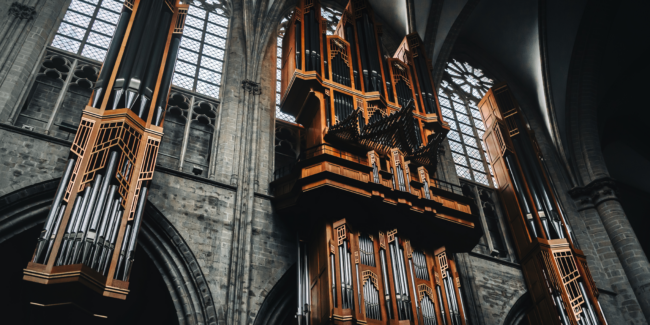
In this article, you will learn what an organ is, the main differences between an organ and a piano, and what is required to start learning how to play the organ.
An organ and a piano can seem like the same instrument to the untrained eye. They both have keyboards giving them a similar appearance, and we generate sound through both instruments by applying pressure to keys. Although, upon a closer inspection, it is evident that the organ and piano are quite different.
As a keyboard enthusiast, you may wonder about the two instruments’ changeover potential. Or perhaps you’re just curious about the organ.
In this article, we explain what the organ is and go over the differences between piano and organ. Let’s dive in!
What is an organ?
The organ has an elaborate pipe system and an elegant claviature (fancy word for keyboard). You typically find them in churches.
While the designs vary from reasonably portable to large and sedentary, many organs are a part of a building’s architecture.
But what distinguishes them from a regular piano? And where does the organ come from?
Organ anatomy.
Organs are complex instruments. They’re built using a variety of materials, including wood, metal, and plastic, and tend to require a lot of space.
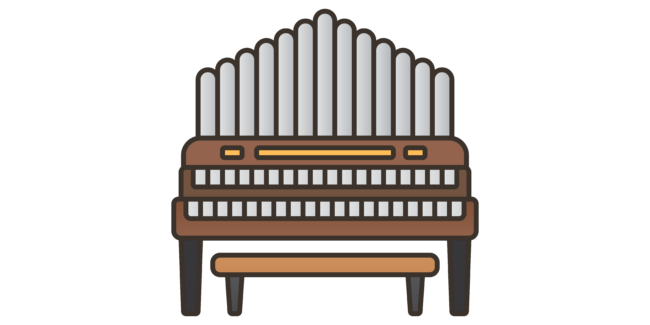
The organ usually comes with multiple keyboards, pedal boards, and various sets of metal pipes (also known as ranks) that are designed to create an array of sounds. It’s also equipped with wind turbines that produce air pressure and a mechanism that connects the keys to the wind generating apparatus.
The console of the organ houses several claviatures and a pedal board. Standing tall behind the keyboard is a row of pipes, giving it a Victorian-gothic vibe.
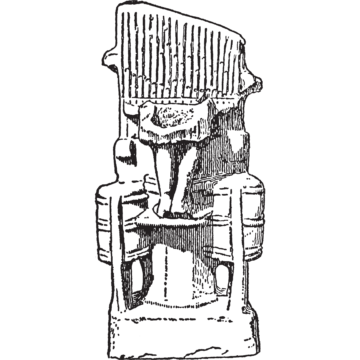
A brief history of the organ.
The first known organ – the Hydraulis – was created around the 3rd century BCE by the physicist and inventor Ctesibius of Alexandria. The instrument used water pressure to generate sounds. It was so loud and penetrating that the Hydraulis was ideal for outdoor public events.
Organs gained popularity in the 8th century, and over the following 200 years, they became closely associated with the church.
In the middle ages, two new organ designs emerged – the portative and positive organ.
The portative organ was built with lightweight materials, making it easier to disassemble and transport. Designed for individual use, the musician would play the instrument with one hand while operating the bellows with the other.
The positive organ was larger but was still small enough to relocate.
In the 13th century, builders began to permanently install elaborate organs into churches and cathedrals, including the famous one in Notre Dame.
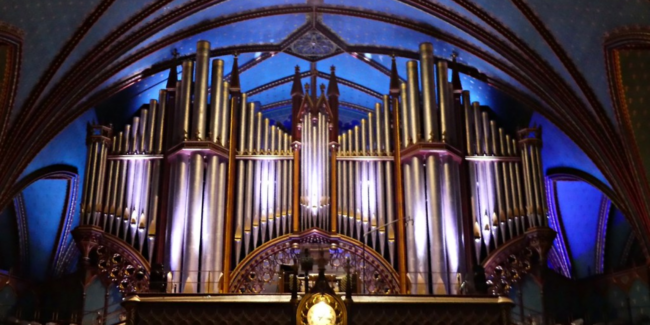
We see tonal and mechanical innovations throughout the 1500s and 1600s, with the construction schools offering courses on organ building.
By the 17th century, all of the essential elements had been developed and refined. Instrument builders added artistic touches, creating lasting masterpieces that still produce rich sounds.
Finally, in 1935, Laurens Hammond introduced the electronic organ.
The difference between the organ and piano.
While musicians play the organ and piano in a similar fashion, the mechanism that produces the sounds, as well as the sounds themselves, are quite different. That’s because they’re fundamentally different instruments.
Family tree
Both the piano and organ are keyboard instruments. However, they are also unique because they don’t fall under a single instrument category. The piano is also part of the percussion family, whereas the organ shares its heritage with woodwind instruments. This distinction lies in how each instrument generates sound.
For more details about the piano family tree, check out A Complete Piano History.
Sound generating mechanisms
The piano’s sound-producing mechanism includes a series of tightly wound strings that increase in thickness. Applying pressure to the keys triggers a felt-covered hammer that strikes the metal chords.
On the other hand, a pipe organ creates the sounds using pressurized air through metal pipes. Each tube produces a particular sound, and every keyboard and pedal board controls its own rank.
But where does the wind come from?
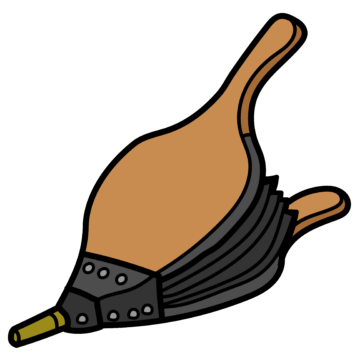
Inventors and instrument-makers have used a variety of ways to generate wind. The first design used water pressure, then eventually bellows, and finally, motors.
A modern pipe organ uses an electrical motor that blows air up the pipes when you press down on a key or pedal.
With different sound-producing mechanisms, these instruments ultimately create different sounds.
Sounds
When the hammer strikes a chord, the piano can create a rich, round, sweet, and dark sound that gradually dies down.
As for the organ, because a motor is generating the air pressure, the sound continues until you release the key. The sounds that come from the organ are powerful yet floaty.
How to play the organ.
Playing the organ is similar to playing the piano. Although, there are additional elements. Not only are you playing with your hands, but you also use your feet!
Pipe organs have several keyboards or manuals, and among them is a pedal board that governs the instrument’s deeper sounds.
In addition to the various keyboards, there are also stops. Stops are knobs that are embedded in the console, and by releasing a given stop, you alter the pitch of the instrument.
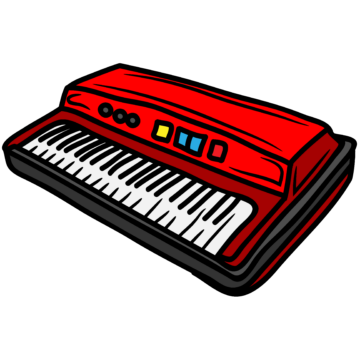
What is an electric organ piano?
An electric organ is an instrument that produces sound electrically rather than through a pipe system.
Just like the piano, technology has dramatically transformed the organ, making them far more accessible. In this case, an electric oscillator produces the sound.
The piano and organ are interesting to compare. In many ways, they’re quite different — from the sound they create to their intricate designs. Yet, these instruments share a common ancestry and handle in a reasonably similar fashion.
Whether you want to play the organ or the piano, learning on a keyboard is a step in the right direction. Whatever keyboard instrument that you’re playing, you can optimize your piano lessons with Simply Piano.









